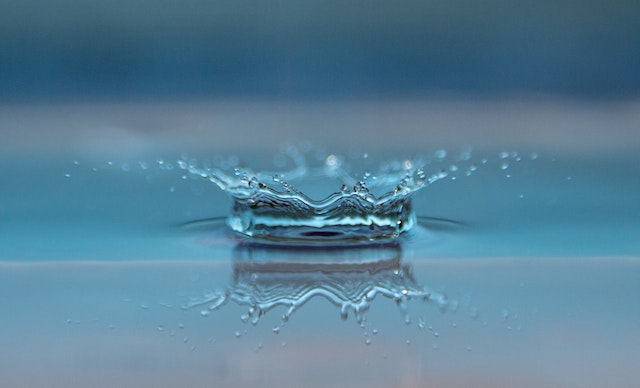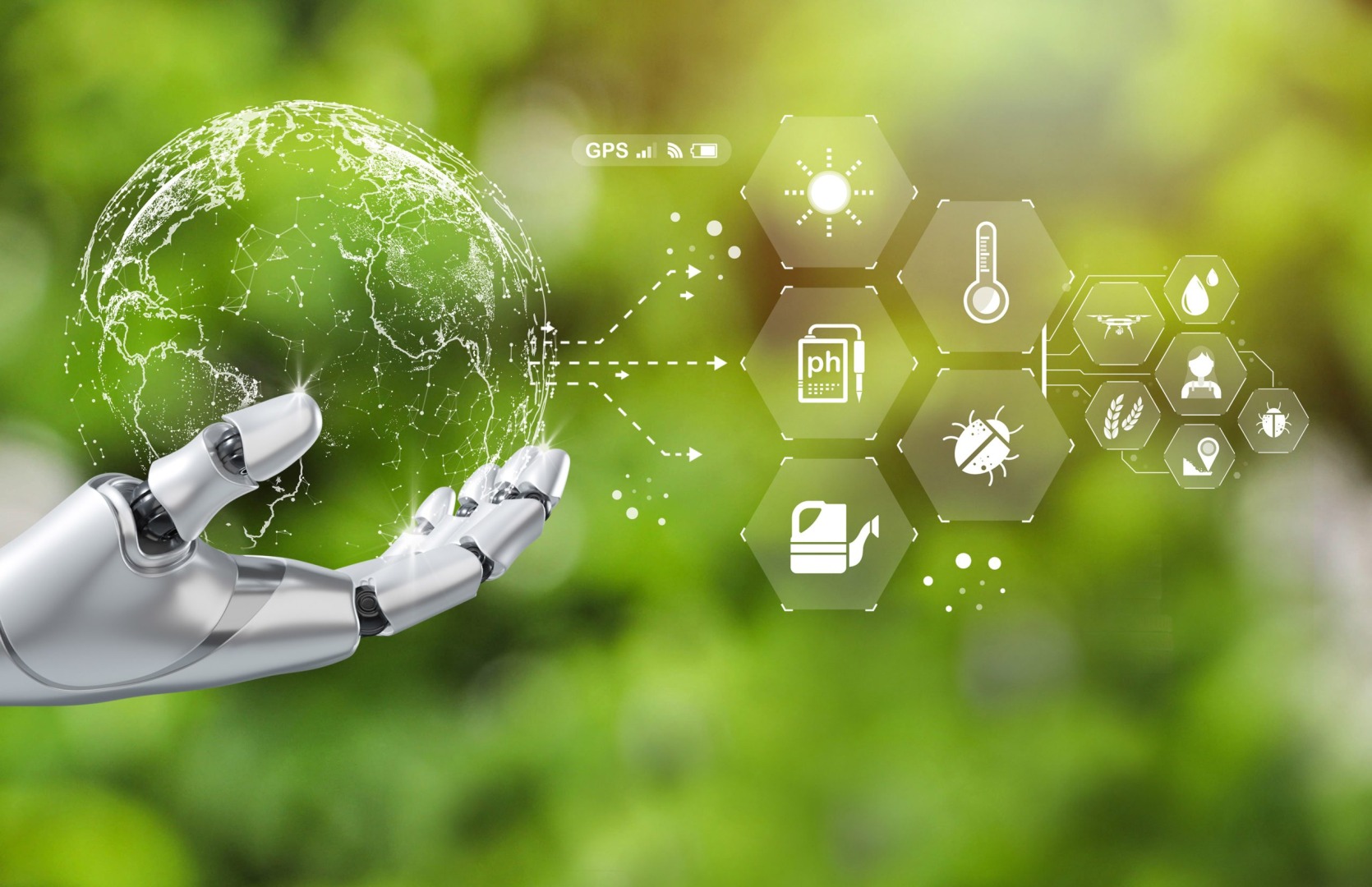
How The Water Treatment And Desalination Will Change The Environment For The Better
Water sustains life. It helps maintain our planet’s biodiversity.
Access to clean, safe water is becoming increasingly challenging due to pollution and overconsumption. This is where water treatment and desalination come into the picture, offering practical solutions to these pressing issues. If we are going to take on the freshwater challenges we face in the future, we must begin to invest in water treatment and desalination.
The Challenge Of Freshwater’s Future

Water treatment technologies are vital for transforming contaminated water into potable and safe water, thus preventing disease and promoting public health. On the other hand, desalination methods convert saltwater, an abundant resource covering about 71% of Earth’s surface, into freshwater. In essence, these techniques alleviate the strain on freshwater resources, reducing the need for over-extraction and supporting water conservation.
In the context of environmental protection, these technologies are invaluable. By making water usage more sustainable, they contribute towards a healthier ecosystem, fostering resilience against climate change and promoting biodiversity.
The Evolution of Water Treatment
Water treatment isn’t a new concept; in fact, it dates back thousands of years, with early civilisations using basic filtering methods to purify their water supplies. Over time, our understanding of pathogens and pollutants has guided the development of more advanced and effective water treatment solutions.
Historically, basic water treatment involved simple practices like boiling and using sand or charcoal filters. By the early 20th century, chlorination and flocculation processes were introduced, which significantly reduced waterborne diseases. Then, the advent of activated sludge processes and membrane technologies in the late 20th century further enhanced our ability to remove a wider range of contaminants, including industrial pollutants and heavy metals.
In the 21st century, we’ve witnessed groundbreaking innovations like nanotechnology filters and advanced oxidation processes, which have revolutionised the water treatment landscape. Such developments illustrate how water treatment technologies have evolved over the centuries, adapting to our ever-changing needs and environmental challenges.
Ensuring Quality and Safety Through Technology
Alongside the advancements in water treatment and desalination, verifying the safety and quality of treated water has become crucial. Modern water testing methods, such as titration, are employed to maintain rigorous standards and protect public health.
Titration is a quantitative chemical analysis technique used to determine the concentration of a specific substance in a solution - in this case, potential contaminants in water. It involves a reaction between a known solution (titrant) and an unknown solution (analyte) to find the analyte’s concentration. Metrohm provides titrators to many industries, including water treatment and medical product testing. Their range of titrators means they have the perfect titration methods for any needs, and the quality of their titrators provides results that businesses can trust and rely on.
Beyond titration, other advanced testing techniques like atomic absorption spectroscopy and gas chromatography are used to detect traces of heavy metals or organic compounds. These methods, complemented by microbiological testing, ensure the water we consume is free from harmful substances.
The evolution of water testing techniques reinforces the essential role of science in ensuring our water supply is not only abundant but also safe and healthy.
The Potential Of Desalination
Desalination is the process of removing salts and other minerals from saline water. It has recently emerged as a potential solution to the world’s escalating water crisis. Thanks to advancements in technology, we can now tap into the vast reservoirs of seawater that are the majority of Earth’s water resources.
Traditional desalination methods such as distillation and reverse osmosis, have played a big part in providing fresh water in dry regions and coastal areas. However, they’ve faced criticism due to their high energy consumption and the environmental impact of their brine discharge.
Recent technological developments have aimed to mitigate these issues. Techniques such as forward osmosis, membrane distillation, and capacitive deionisation are transforming the desalination landscape, offering more energy-efficient and environmentally friendly alternatives.
The progress in desalination technologies presents a promising prospect for mitigating water scarcity, but it’s crucial to continue innovating and improving these methods to ensure they’re viable and eco-friendly in the long run.
Desalination Can Mitigate The Effects Of Climate Change
As climate change accelerates, it intensifies water scarcity issues around the globe, amplifying the need for sustainable and resilient water sources. Desalination presents a solution, but it also plays a crucial role in mitigating the effects of climate change itself.
With melting glaciers and unpredictable rainfall patterns, freshwater sources are increasingly unstable. Desalination provides a constant and reliable water source, independent of climate patterns, thus boosting resilience in the face of climate variability.
Moreover, the integration of renewable energy into desalination processes can substantially reduce the carbon footprint associated with water production. Solar-powered or wind-powered desalination plants, for example, harness natural resources, generating fresh water without contributing significantly to greenhouse gas emissions.
Another often overlooked aspect is the potential for carbon sequestration in the saline waste (brine) from desalination plants. Researchers are exploring ways to capture and store carbon dioxide in brine, turning desalination plants into carbon sinks.
While the role of desalination in mitigating climate change is promising, we must keep striving for technological improvements and policy support to harness its full potential.
The Future Of Water

As we look towards the future, the ongoing advancements in water treatment and desalination hold enormous potential for revolutionising environmental protection. There’s an exciting horizon of possibilities that can make these technologies more sustainable, efficient, and accessible.
One such future direction involves nanotechnology. Nano-based materials, due to their high surface area and reactivity, can dramatically enhance the efficiency of contaminant removal in water treatment while reducing energy consumption. Similarly, graphene-based membranes could revolutionise desalination by making the process more energy-efficient and effective.
The integration of artificial intelligence (AI) and machine learning in water management is another promising avenue. These technologies can optimise treatment processes, predict maintenance needs, and enhance water quality monitoring.
Moreover, the future may see a shift towards decentralisation, with households and communities having their own mini-treatment and desalination systems. This could not only improve water access in remote areas but also reduce the energy used for water transportation.
It’s clear that water treatment and desalination are poised to play a pivotal role in shaping a sustainable and resilient future. Realising this potential will require continued innovation, investment, and an integrated approach towards water management and environmental protection.
Trending
-
1 How IoT is Revolutionizing Sustainability: A Brighter Future Beckons
Susanna Koelblin -
2 How The Water Treatment And Desalination Will Change The Environment For The Better
Daniel Hall -
3 How Intermediate Bulk Containers Enhance Environmental Sustainability
Daniel Hall -
4 Hybrid Cars and Their Key Benefits
Susanna Koelblin -
5 UK Faces Wettest July in Recent Memory
Daniel Hall





Comments